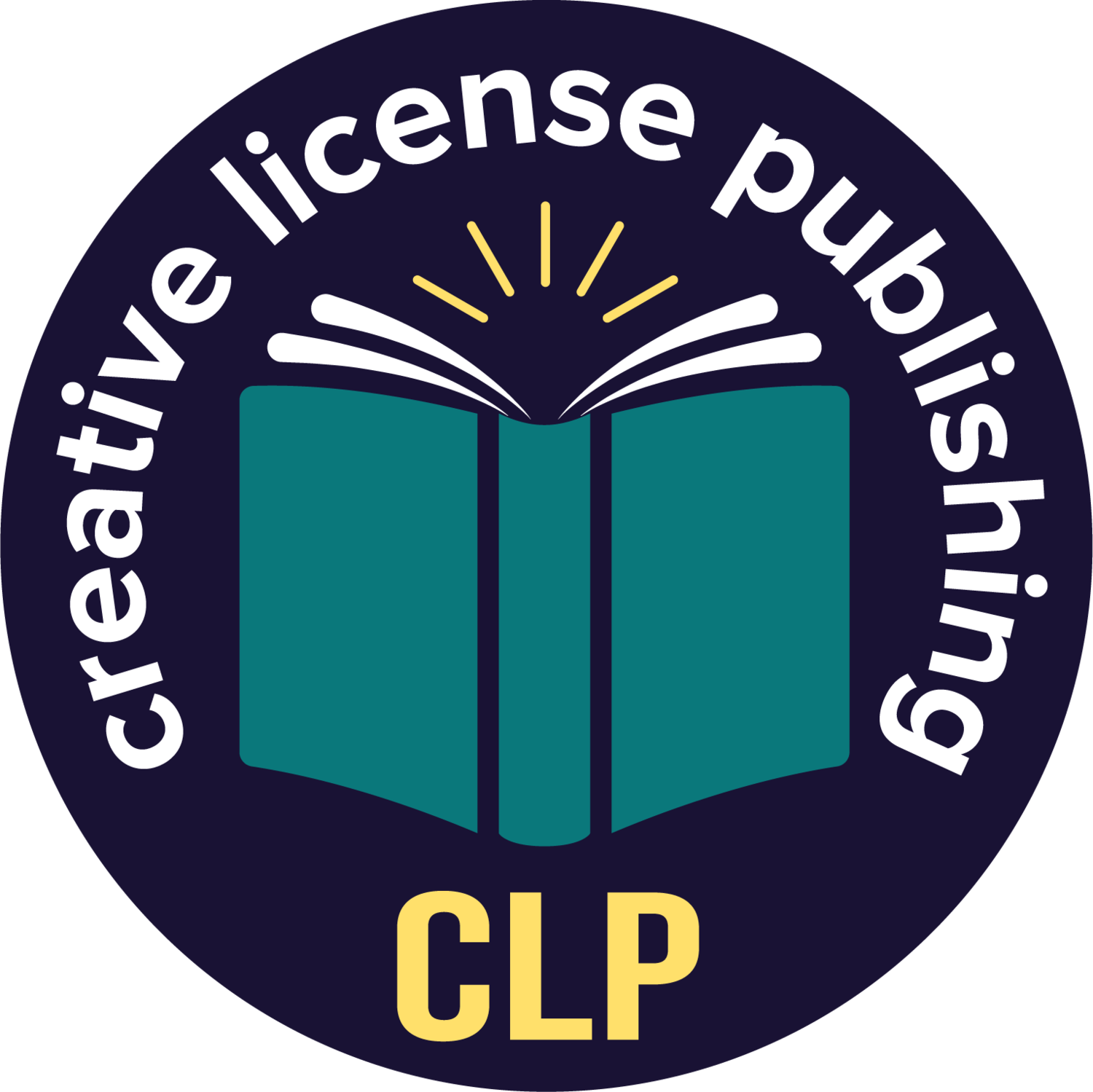A “Must-Read” Starts With Connection
It all starts with a connection
There are two fundamental reasons individuals write. First, we write for ourselves. Second, we write to share. Yet, some claim you should only write for yourself, and the readers will follow. But I disagree. Great writing is born when it’s both. Look, unless you don’t plan on sharing your words with anyone else, such as a private journal, the reader must come into play. Why? Well, the answer is easy. A reader who doesn’t connect to your content will abandon the read long before the end, leaving your work achieving only 50% of its intended goal.
It all starts with the concept of connection. Look at it this way, your car won’t move if you don’t provide the energy source, electricity, or gas. Same with your reader, if nothing sparks their interest to fuel or energize their desire to know more, the book, blog, or article will get tossed aside. Why? Because today's reader is very different from the reader of 40 or 50 years ago. Today’s reader is conditioned to have everything here and now at their fingertips, ready for them. They expect a movie to grab them within the first five minutes, or they turn it off and search NetFlix or Amazon Prime for another one. When they watch a series, they no longer must wait seven days for a new episode. Instead, the individual can binge-watch an entire season in an afternoon. The attribute or virtue of patience is a dying reality.
I hear some of you saying, “Well, the content I have to share is so good that it will capture the reader.” Don’t kid yourself. It’s not just about what you have to say, but how you share it that keeps or rejects readers.
Ok, so how do you do this? I will list out critical steps, but first, whether you are writing fiction or non-fiction, know who your reader will be—your target market. This is vital information to obtain before you utilize the steps below:
For non-fiction books, such as a memoir or a self-help guide, for example:
In your introduction and foreword, let the reader know who you are. For non-fiction, connection with the author (as the expert) is critical for the reader to buy into your story or information.
Identify that piece or pieces of information to be attention grabbers. They could be provocative or controversial. Either way, work them into your opening hook.
Share honestly—If you are talking about yourself, as in a memoir, don’t hold back. Readers can tell when you're being honest or glazing over information.
Write it like a novel for a memoir; don’t just tell. Instead, you connect a reader to insert themselves into the story and feel what you felt. (See my previous blogs on memoirs)
If you’re writing a self-help book, make that material relatable to the layman. Don’t use terms without explanation and use many real-life examples to connect.
Sum up your content with specific advice going forward for the informative non-fiction content. For example, for a memoir, make sure you wrap up your story, making the moral or theme of your experience clear and relatable. For an informative, self-help book, make sure you sum up all your points, especially the next steps for your reader.
For fiction, well, let your creativity take over:
Revisit a book you couldn’t put down and see how that writer caught and kept you interested. Notice elements like character development, tone, flow, and the initial hook. Follow their lead. Good readers make good writers.
Inject creativity, sprinkle realism, and leave some things to the imagination. Making a reader work, just a bit, builds some excitement and interest to continue.
Create characters your target reader can relate to, either like or hate them, depending on the results you’re looking for.
Set smaller hooks to continually reel the reader in deeper while creating a tug of war between you and the reader in finding the answer to the initial hook.
Writers will often state it’s all about maintaining that anticipation. And the answer is yes, but you can’t keep what you don’t have. So, from the start, you need to set two connections: the reader to the narrator (writer in non-fiction) and the reader to the content. If either connection fails, your work will go unread. So, yes, you should write for yourself, but the reader matters too.
Write on!
Celeste


